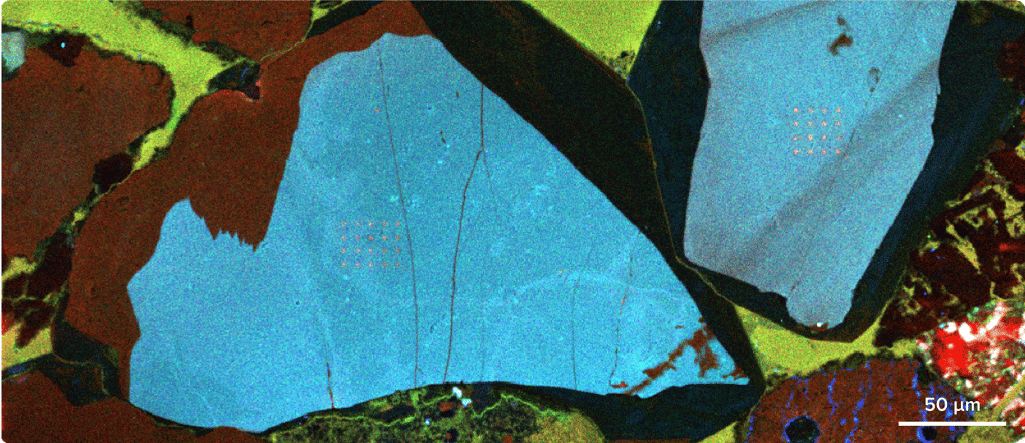
Cathodoluminescence (CL) imaging in scanning electron microscopes (SEM) is a versatile tool used to study a wide range of materials at the nanoscale. Whichever material you are studying, the parameters for CL measurements should be optimized. This short guide aims to provide an overview of the five relevant factors influencing the CL measurement, and includes example parameters for six different sample types to get you started with CL imaging right away!
What will you learn?
- Which five factors influence CL measurements
- Ways of tweaking CL parameters to achieve your desired outcome
- How to get started with CL imaging by using the example parameters